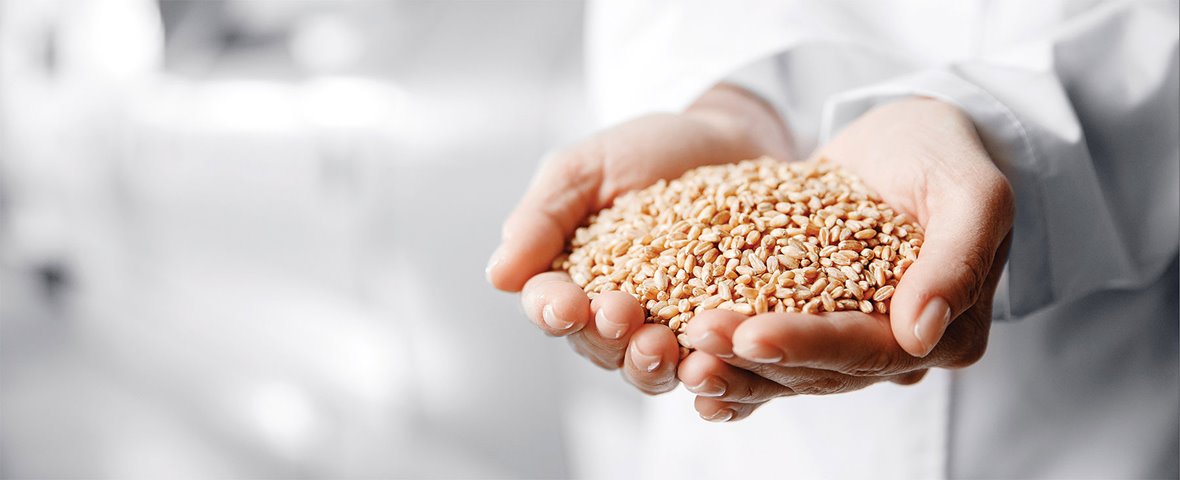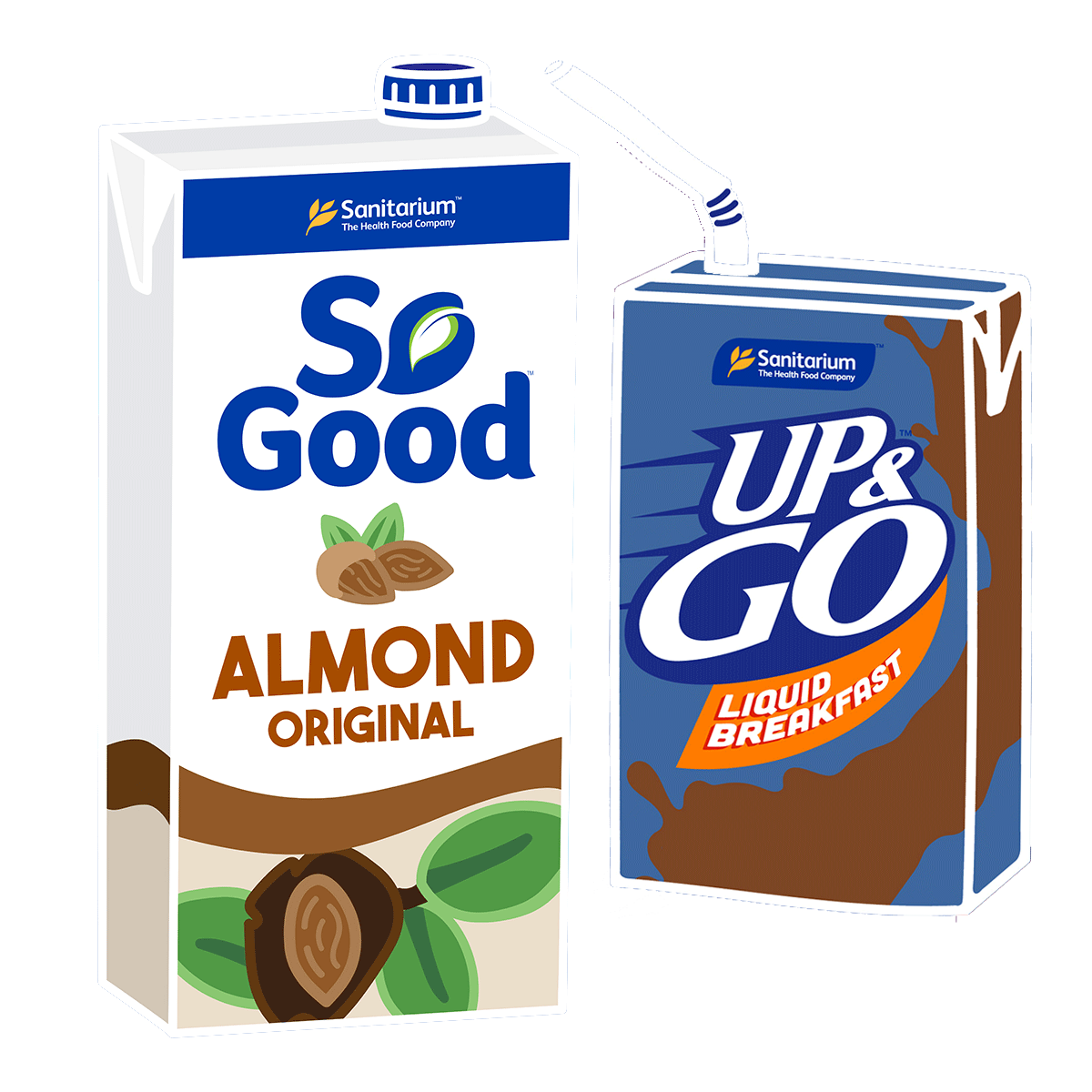
Our packaging plays a critical role in making sure the food we produce for you lands in your home as good as the day we made it. We carefully select each packaging solution to ensure our product stays fresh, intact and at the highest level of food quality as it travels through the supply chain to your home and sits in your pantry until you’re ready to use it.
We go to extra lengths in selecting our packing to ensure it also preserves the nutrient and taste quality of our products.
What do we consider for Weet-Bix packaging?
Our Weet-Bix packaging means your Weet-Bix will be good to eat and stay fresh while your family enjoys them. It also means you won’t be tossing them into the rubbish, which only increases food waste! It’s estimated that NZ households waste 431 tonnes of food every day!1 That makes it a significant environmental issue for the food industry.

- The weight and construct of the pack helps reduce the risk of biscuit breakage and wastage through the supply chain from our factory to your home and every step along the way.
- The outer carton protects the Weet-Bix from contaminants while being transported or sitting in your pantry.
- The plastic bag acts to preserve the Weet-Bix, keeping them fresh for longer. The biscuits fit perfectly in the carton, making it a space-efficient packaging choice.
- All Weet-Bix packaging is 100% recyclable so, we know it’s both good for the product and the environment.
What do we consider when selecting our cereal packaging?

- From Light 'n' Tasty and our muesli range to Ricies and Honey Puffs, all our packaging is selected to minimise wastage through the supply chain from our factory to your home.
- The outer cardboard carton protects our cereals from contaminants while being transported or sitting in your pantry.
- The plastic bag acts to preserve the cereal, keeping it fresh for longer.
- All of our cereal packaging is 100% recyclable.
What do we consider when selecting our beverage packaging?

- Tetra Pak cartons efficiently preserve the safety, taste, colour, and nutritional value of the beverage inside, without requiring refrigeration or preservatives.
- This means our beverages stay fresher for longer on the supermarket shelf or in your pantry.
What do we consider when selecting our rPET jars for our spreads?

- Transporting product in rPET jars with HDPE lids through the supply chain means there is less risk of breakage.
- We want to ensure there is no glass in our factories, as there is a risk that glass breakage could contaminate other areas of food production (we do not permit glass anywhere in our factories).
Consumers ask us why we don’t use glass jars instead of PET. As well as the risk of breakages, leading to potential contamination and food waste, glass packaging can have significant environmental impacts. There are greater carbon emissions when making glass jars and increased transport emissions (as glass is heavier and bulkier), and water used to rinse, clean and recycle glass, as found by a recent Life Cycle Analaysis by Tetra Pak. Glass jars may provide a solution for some food producers, but our assessment, based on minimal risk and high recyclability value, has led us to use PET jars.
PET is the only plastic packaging type that can be recycled again and again, diverting materials from landfill and helping drive the circular economy.
1 Source: https://lovefoodhatewaste.co.nz/food-waste/what-we-waste/ Yearly total divided by 365